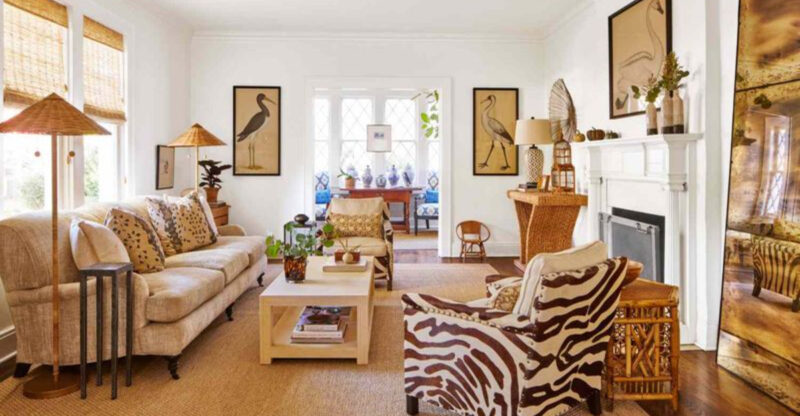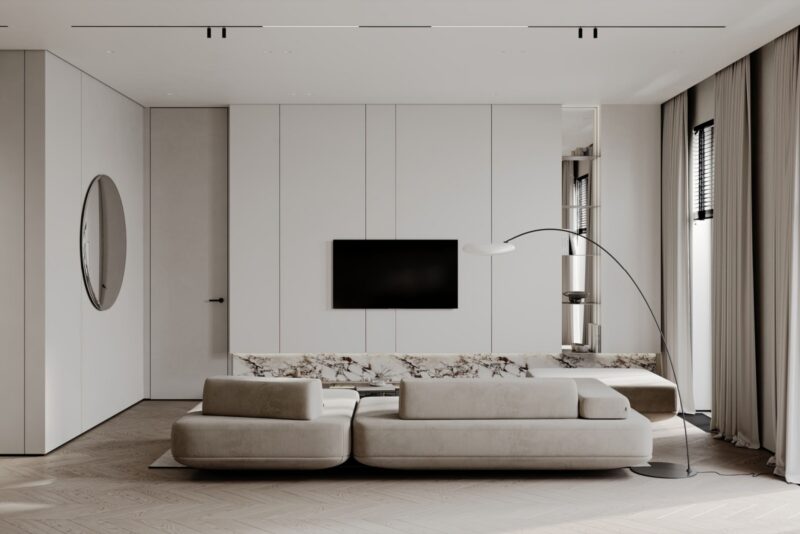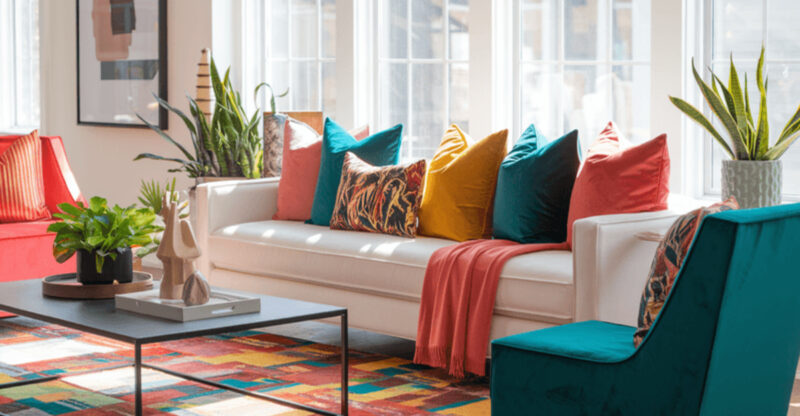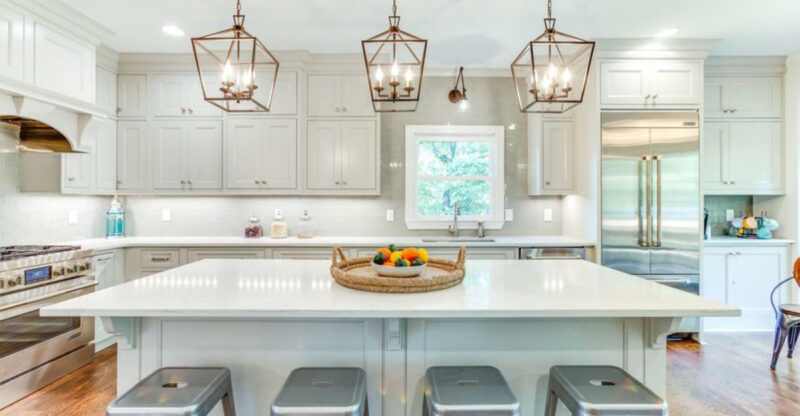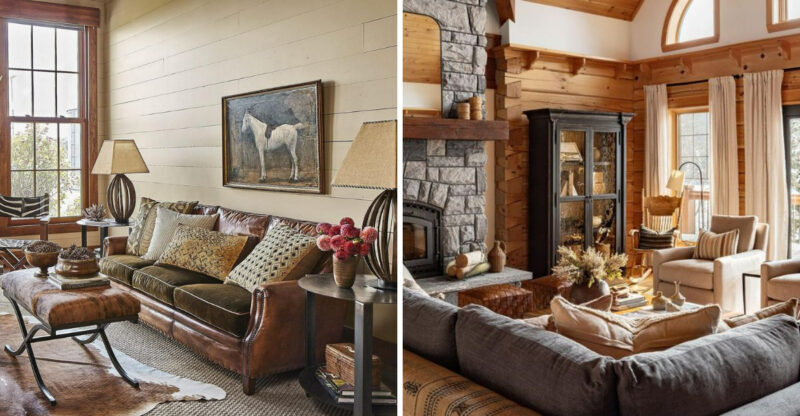21 Things Home Buyers Often Notice First About Living Rooms
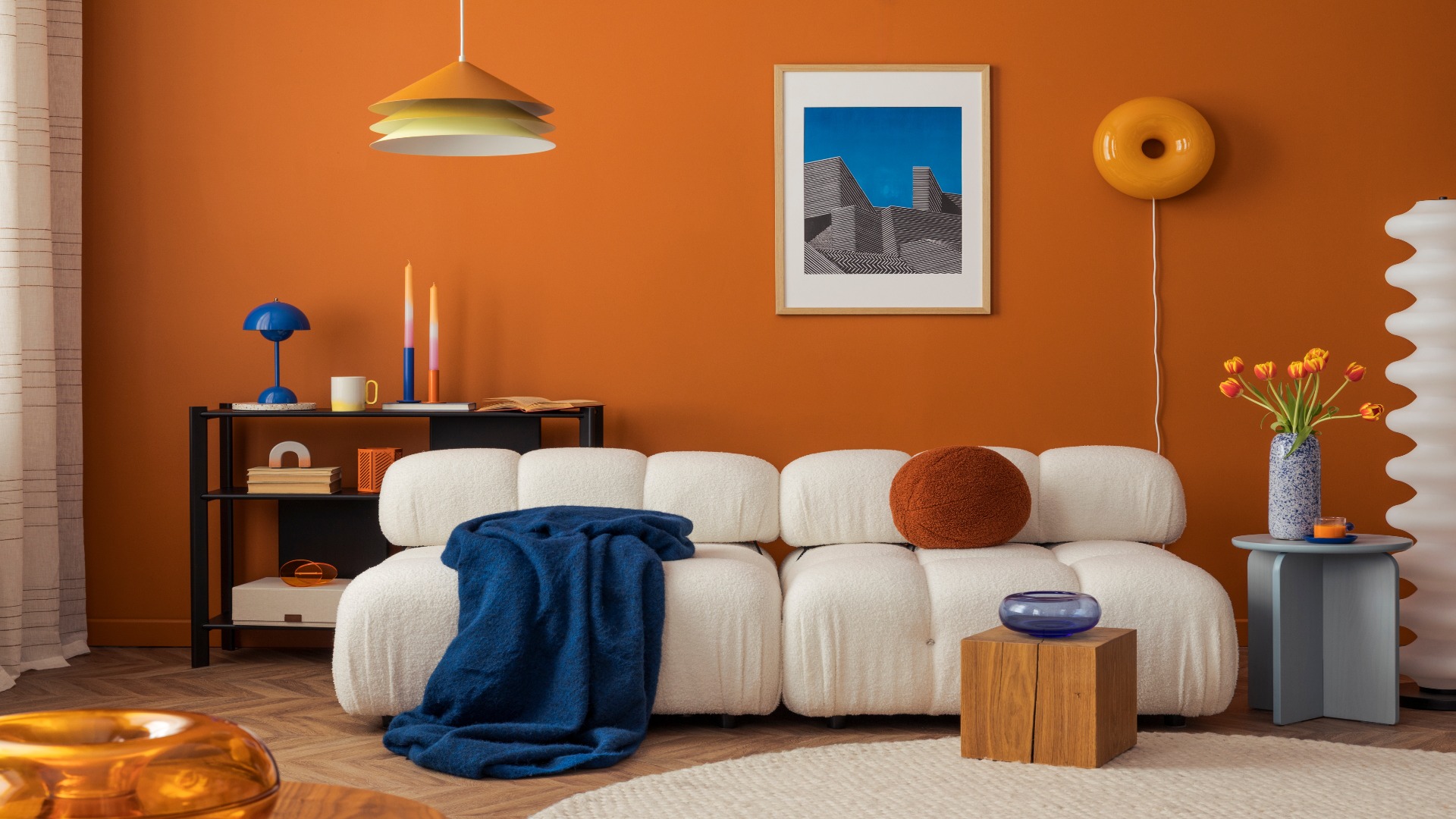
When potential buyers step into a home, the living room often makes that crucial first impression. This central gathering space reveals a lot about the property’s character, comfort level, and overall value.
Understanding what catches buyers’ eyes can help sellers prepare their space to shine and buyers identify what truly matters in their future home.
This article is for informational purposes only. Living room features and buyer preferences vary by market and property. Consult real estate professionals for guidance before making buying or selling decisions.
1. Overall Size And Layout
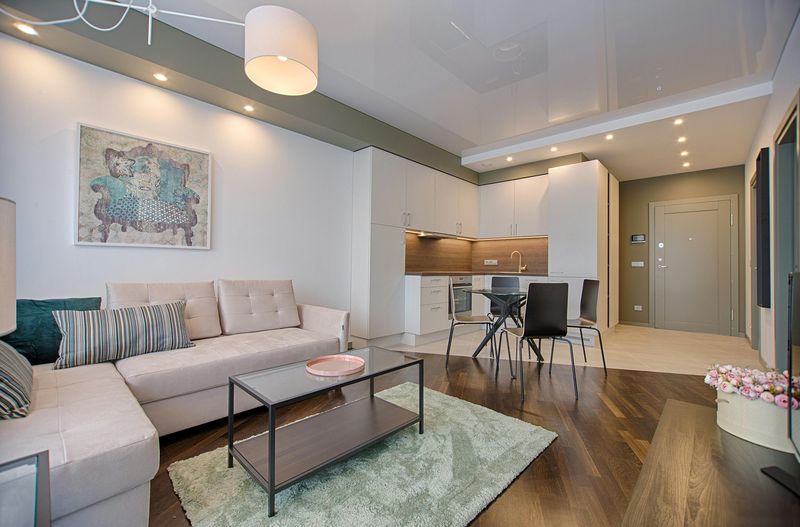
Space is the first thing that registers when entering a living room. Buyers immediately assess if furniture will fit comfortably and whether the family can gather without feeling cramped.
An awkward layout may deter buyers even in large rooms. Buyers mentally place their sectional, entertainment center, and pathways through the space, imagining their daily life unfolding there.
2. Natural Light And Window Placement
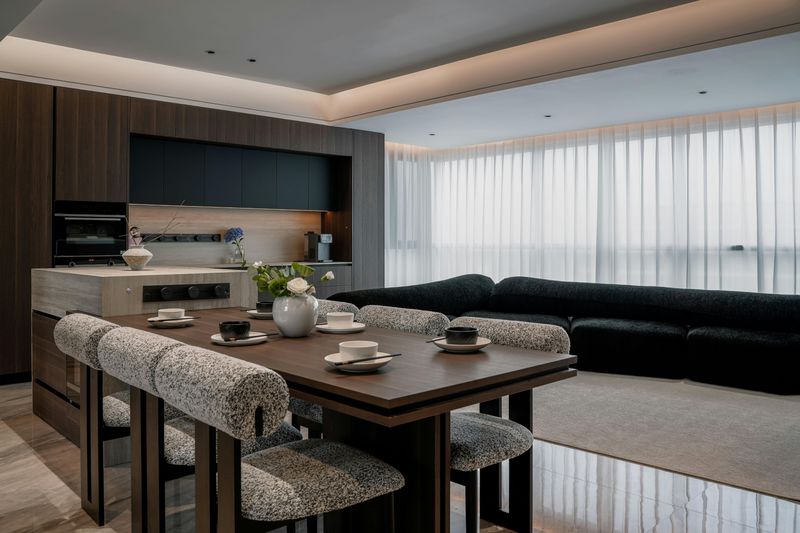
Natural light from windows often makes rooms feel brighter and more open. Many buyers prefer spaces with good lighting because it creates a more comfortable and inviting atmosphere.
Window placement matters beyond just brightness. South-facing windows provide consistent light, while east-facing ones offer morning sunshine. Buyers unconsciously evaluate how light changes throughout the day and how it might affect their mood.
3. Ceiling Height
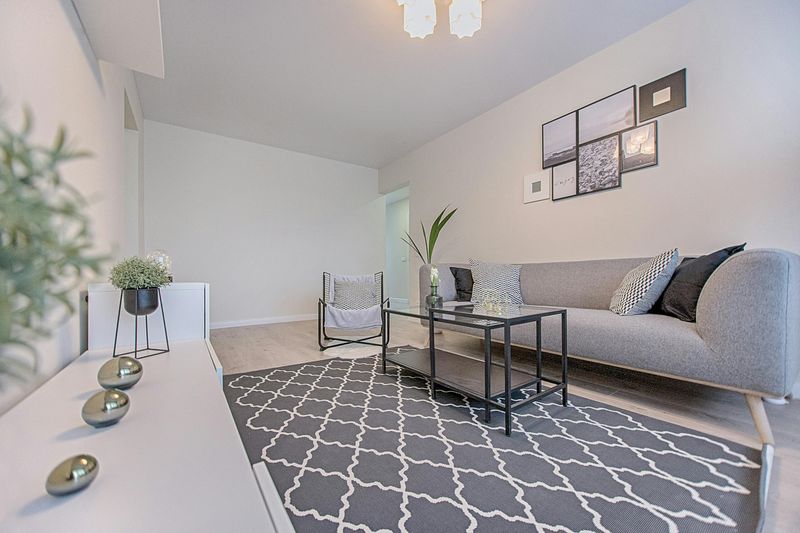
High ceilings create an immediate feeling of spaciousness that many buyers covet. The vertical dimension can make even modest-sized rooms feel grand and airy.
Beyond height alone, ceiling details catch attention. Exposed beams, tray designs, or coffered patterns add character that flat ceilings lack. These architectural elements often become unexpected selling points that buyers remember after viewing multiple homes.
4. Flooring Type And Condition
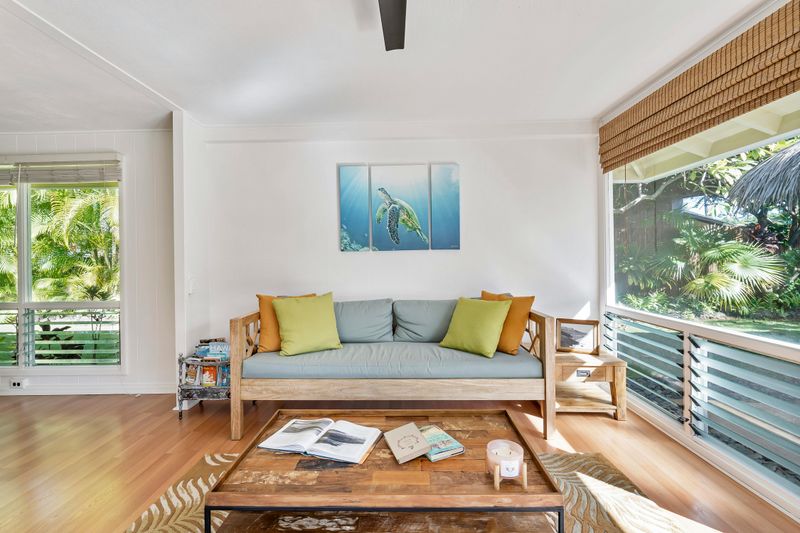
Floors occupy the largest surface area in any room, making them impossible to ignore. Well-maintained hardwood creates a different impression than plush carpet or sleek tile.
Condition speaks volumes about home maintenance. Scratched hardwoods, stained carpets, or cracked tiles signal potential expenses. Buyers often calculate replacement costs while touring, making flooring a significant factor in offer decisions.
5. Paint Colors And Wall Finishes
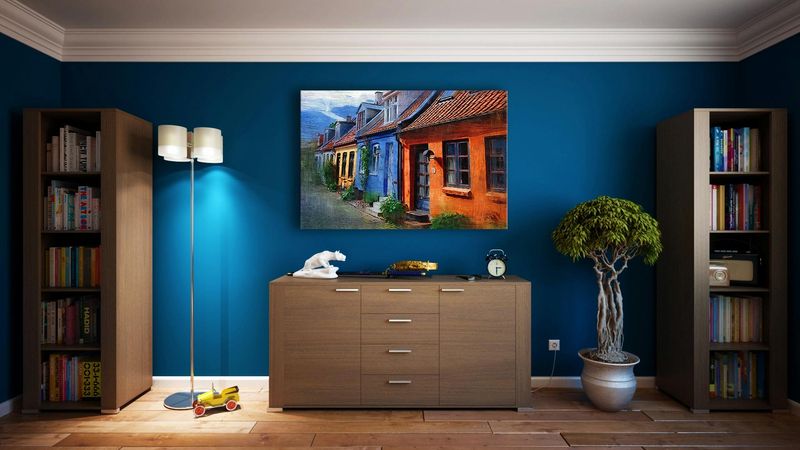
Wall colors set the emotional tone of a space instantly. Neutral palettes allow buyers to envision their belongings in the room, while bold choices can either excite or repel.
Beyond color, texture matters too. Smooth walls reflect light differently than textured finishes. Buyers notice imperfections like patchy repairs, water stains, or outdated textures that might indicate deeper issues or future renovation needs.
6. Lighting Fixtures And Brightness
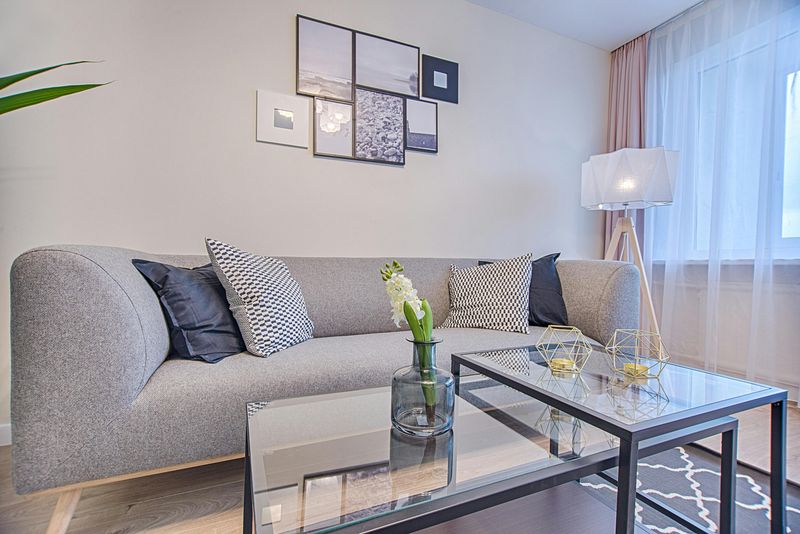
Lighting creates atmosphere and functionality in equal measure. Outdated fixtures immediately age a room, while contemporary designs suggest modernization.
Strategic lighting placement matters tremendously. Recessed lights, wall sconces, and floor lamps working together create layers of illumination. Buyers instinctively notice dark corners or harsh lighting that would affect evening comfort in their potential new home.
7. Fireplace And Mantel
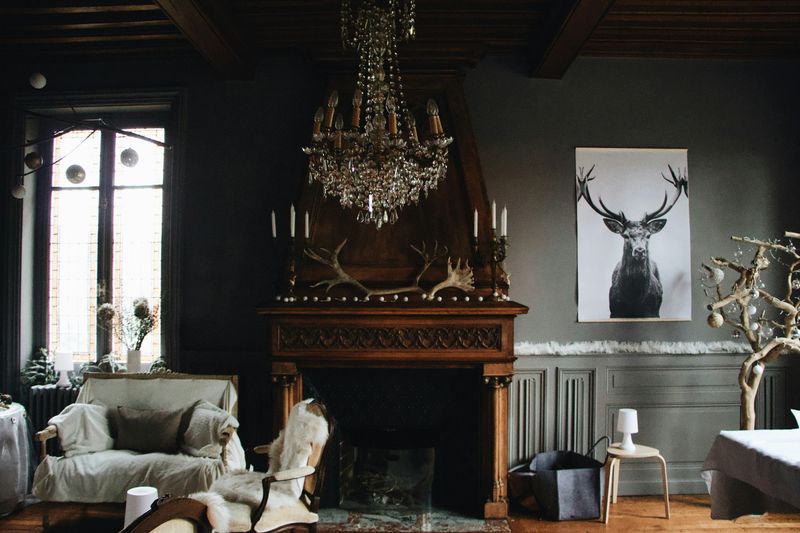
Fireplaces serve as natural focal points that draw the eye immediately. Whether stone, brick, or modern, they anchor the room and suggest comfortable gathering space.
The mantel itself offers decorative potential that buyers notice. Its style, proportion, and condition can enhance or detract from the room’s appeal. Even non-functioning fireplaces provide architectural character that many buyers value for aesthetic reasons.
8. Built-In Shelving Or Storage
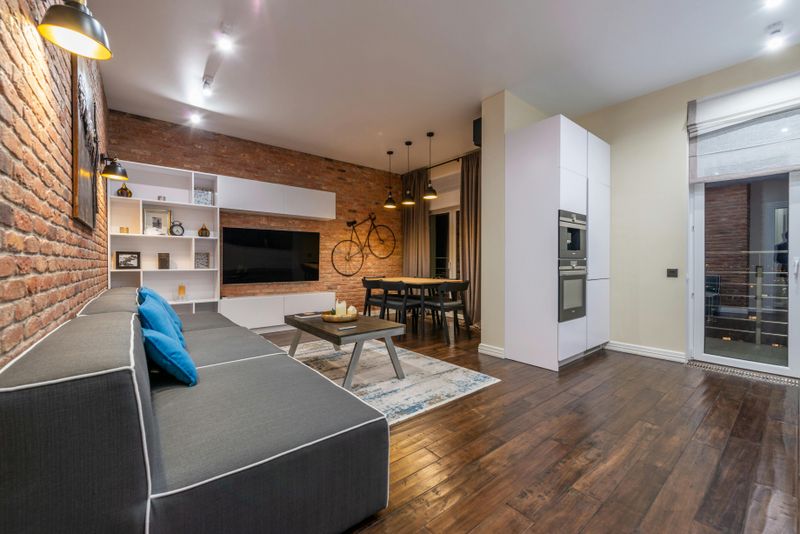
Custom built-ins signal craftsmanship and permanence. Bookshelves flanking a fireplace or window seat with storage beneath create instant charm that catalog furniture rarely matches.
Storage solutions address practical concerns while touring. Buyers mentally inventory their belongings, calculating if there’s space for books, media, and decorative items. Well-designed built-ins suggest the home was thoughtfully planned rather than hastily constructed.
9. Room Flow And Openness
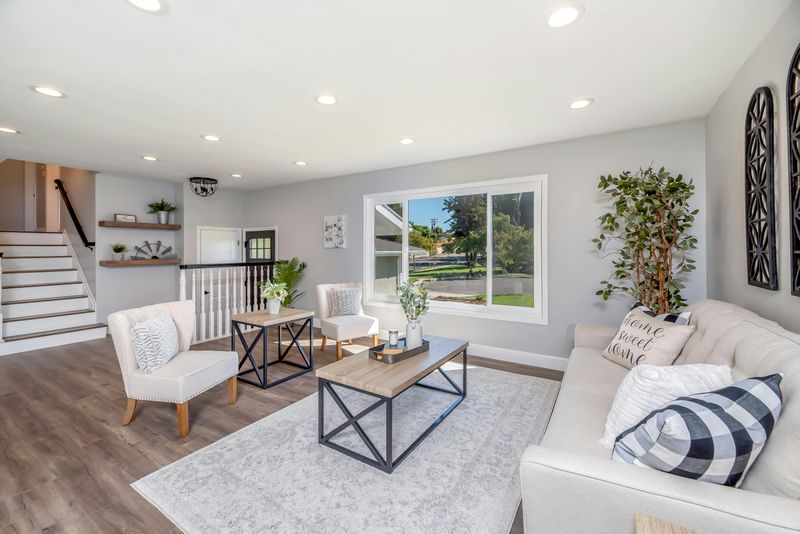
The way a living room connects to adjoining spaces creates an immediate impression of how the home functions. Open-concept designs suggest modern living, while defined rooms offer traditional separation.
Traffic patterns register subconsciously as buyers move through the space. Awkward transitions, bottlenecks, or rooms that feel isolated from family activity areas can diminish appeal, even if buyers can’t immediately articulate why the space feels uncomfortable.
10. Architectural Details And Trim
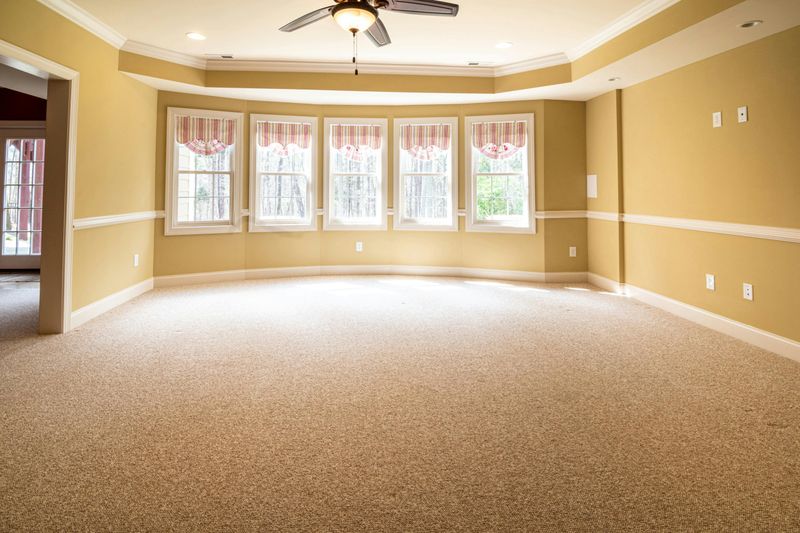
Moldings, wainscoting, and architectural trim work provide character that basic construction lacks. These details catch discerning eyes and suggest quality craftsmanship throughout the home.
Consistency matters in these elements. Matching trim styles throughout connected spaces creates visual harmony. Buyers notice when original details have been preserved or when newer homes incorporate thoughtful architectural elements that elevate them above basic construction.
11. Condition Of Walls And Ceilings
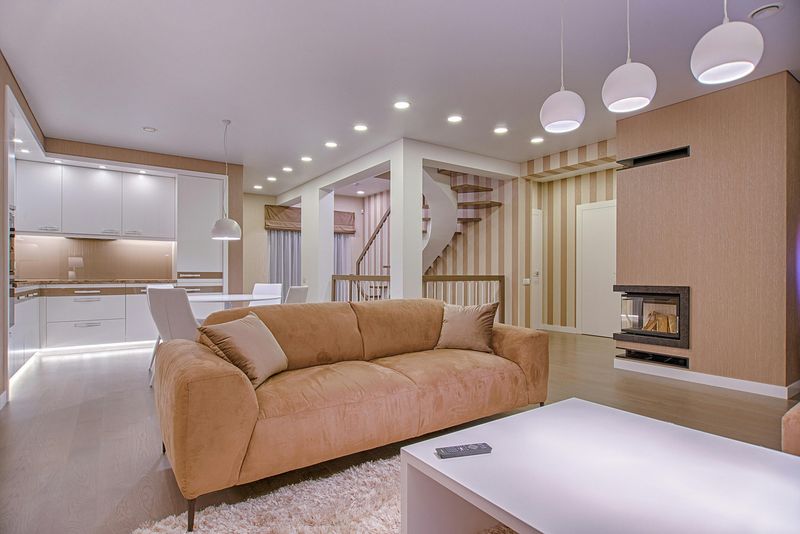
Cracks, water stains, or uneven surfaces trigger immediate concern about structural issues. Buyers scan walls and ceilings for telltale signs of past problems or future expenses.
Even cosmetic imperfections like nail holes or scuff marks register subconsciously. Fresh, well-maintained surfaces suggest proper care throughout the home’s history. Small details like outlet placement and switch plate conditions contribute to the overall impression of quality.
12. View From The Windows
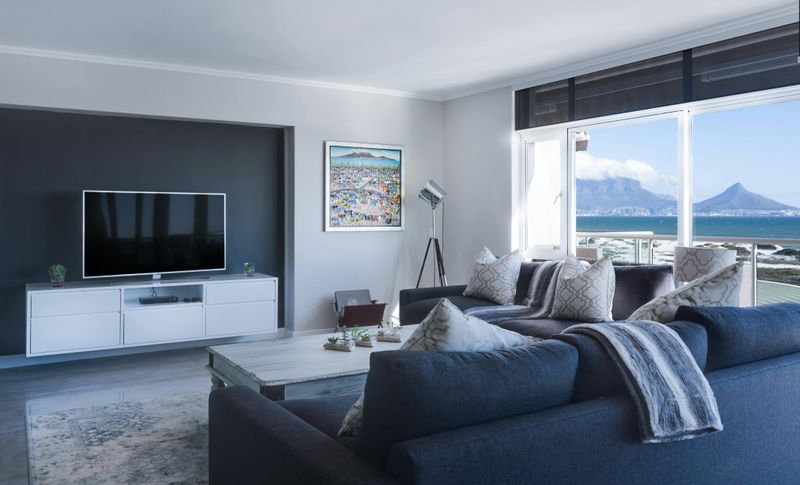
What lies beyond the glass creates an immediate connection to the outside world. Pleasant garden views, mature trees, or distant horizons add value that transcends the room itself.
Privacy concerns register quickly too. Windows facing neighboring homes or busy streets present lifestyle considerations. Buyers imagine morning coffee or evening relaxation while taking in the view, making this aspect emotionally significant in their decision-making process.
13. Presence Of Crown Molding
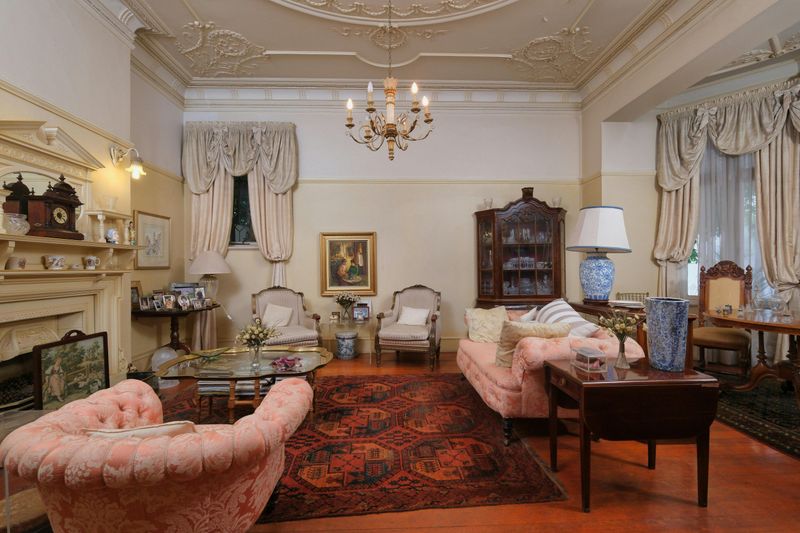
Crown molding instantly elevates ceiling height perception and adds architectural sophistication. This seemingly small detail signals attention to craftsmanship that budget constructions typically lack.
Style matters as much as presence. Ornate Victorian profiles create different impressions than clean modern lines. Buyers notice when crown molding proportions match the room scale appropriately, subconsciously registering the harmony or discord in these architectural elements.
14. Furniture Arrangement (Staging)
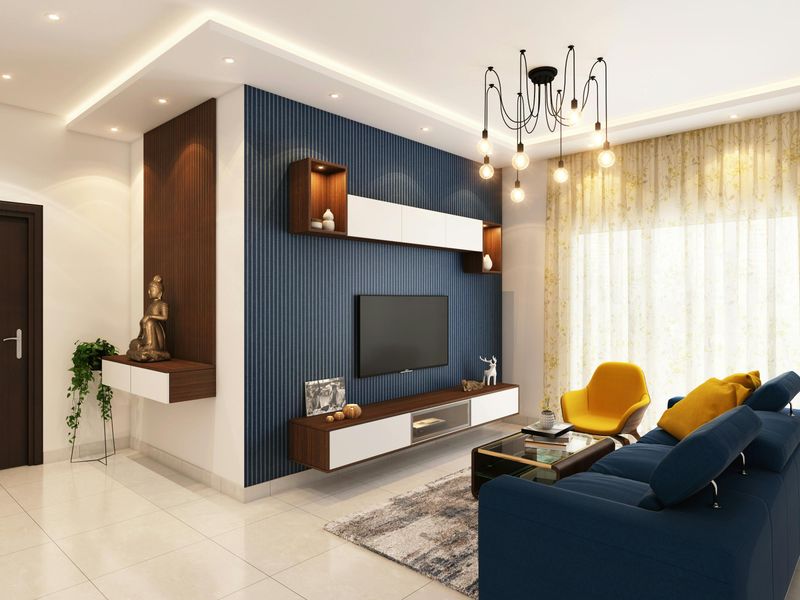
Thoughtful furniture placement helps buyers envision living in the space. Even in empty rooms, they mentally place sofas, chairs, and tables, assessing if their lifestyle fits.
Scale matters tremendously in this visualization. Oversized furniture makes rooms feel cramped, while pieces that are too small create awkward proportions. Staging that demonstrates multiple seating areas or functions within one space can significantly enhance perceived value.
15. Technology Integration (Outlets, Smart Features)
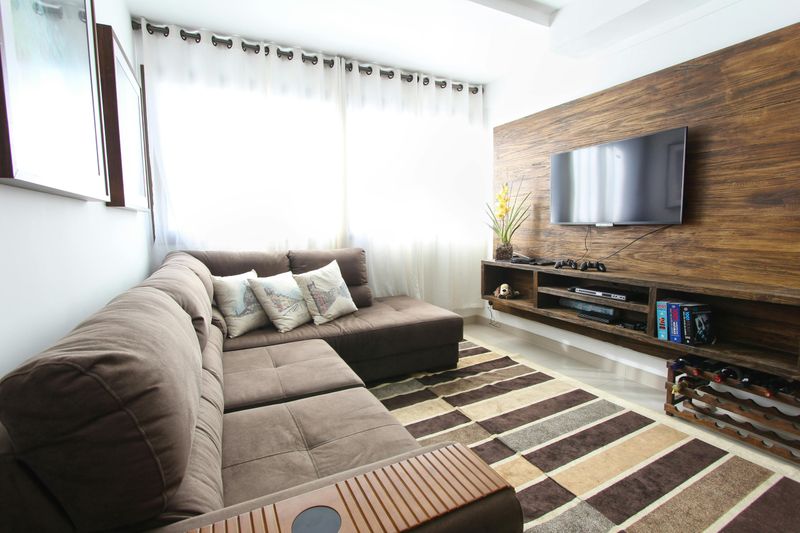
Modern buyers scan for power outlet locations and USB ports almost immediately. Their placement affects furniture arrangement options and daily convenience in our device-centered lives.
Smart home features create instant appeal for tech-savvy buyers. Integrated speakers, programmable lighting, or thermostats controlled by voice suggest a forward-thinking home. Even simple considerations like cable outlet positioning for TV placement register during initial walkthroughs.
16. Condition Of Doors And Windows
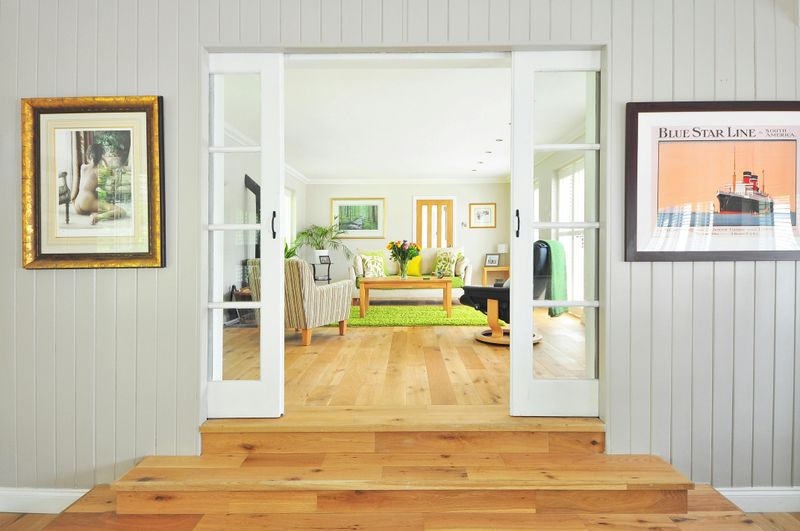
Windows that stick or doors that don’t close properly signal maintenance issues beyond cosmetics. Buyers test these elements, noting how smoothly they operate.
Drafts around windows or light visible under exterior doors suggest energy efficiency concerns. Quality window treatments also register in this assessment. Functional blinds or shutters that control light and privacy add value, while damaged or outdated window coverings detract from appeal.
17. Airflow And Vent Placement
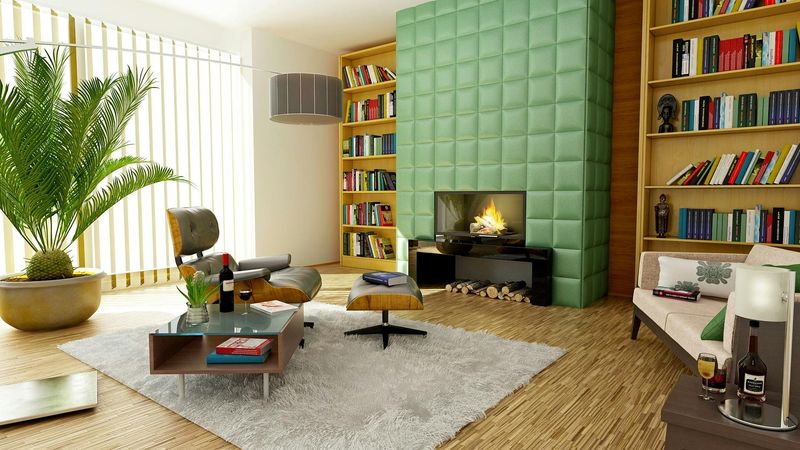
Register and vent locations affect furniture placement options and comfort throughout the year. Buyers notice if vents are awkwardly positioned where sofas would logically go.
Air quality impressions form quickly. Stuffiness, mustiness, or excessive dryness registers even during brief viewings. Ceiling fans add value by suggesting air circulation was considered in the room’s design, particularly in warmer climate regions.
18. Noise Levels From Outside Or Other Rooms
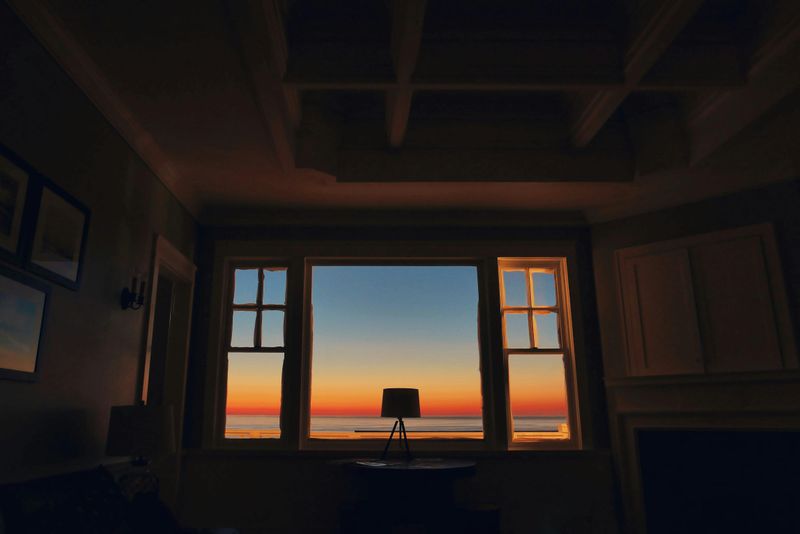
Sound travels reveal construction quality instantly. Thin walls that transmit voices from adjacent rooms suggest overall building shortcuts that may extend beyond acoustics.
External noise penetration matters equally. Traffic sounds, neighbor activity, or mechanical systems create livability concerns. Buyers unconsciously assess if the living room will provide the peaceful sanctuary they desire after long workdays.
19. Presence Of A Focal Point (Art, TV, Fireplace)
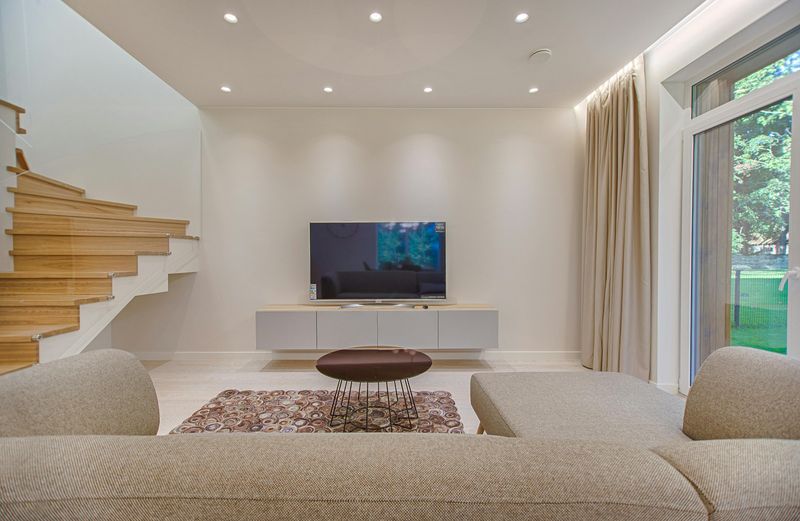
Rooms lacking natural focal points feel unbalanced and difficult to arrange. Buyers instinctively look for the logical place to orient furniture and activity.
Multiple competing focal elements can create visual confusion. A fireplace, large window, and entertainment wall all demanding attention simultaneously can make furniture placement challenging. Buyers appreciate when the focal point aligns with the room’s natural traffic flow and proportions.
20. Proximity To Dining Or Kitchen Areas
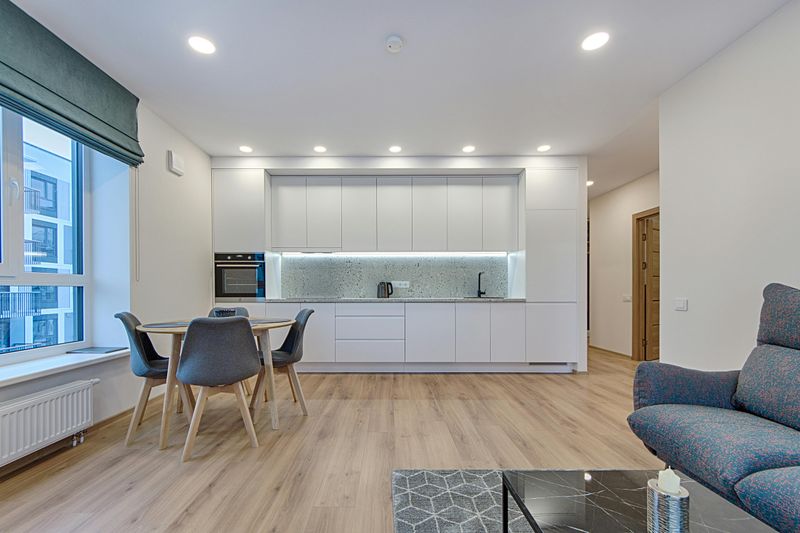
Connection to food preparation and dining spaces affects how the home functions for entertaining and family life. Open sight lines between these areas support contemporary living patterns.
Distance matters for different lifestyles. Some buyers prefer separation to contain cooking odors and noise, while others value seamless flow for social interaction. The transition between these spaces – whether through wide cased openings, pocket doors, or complete openness – significantly impacts the living room’s functionality.
21. General Cleanliness And Maintenance
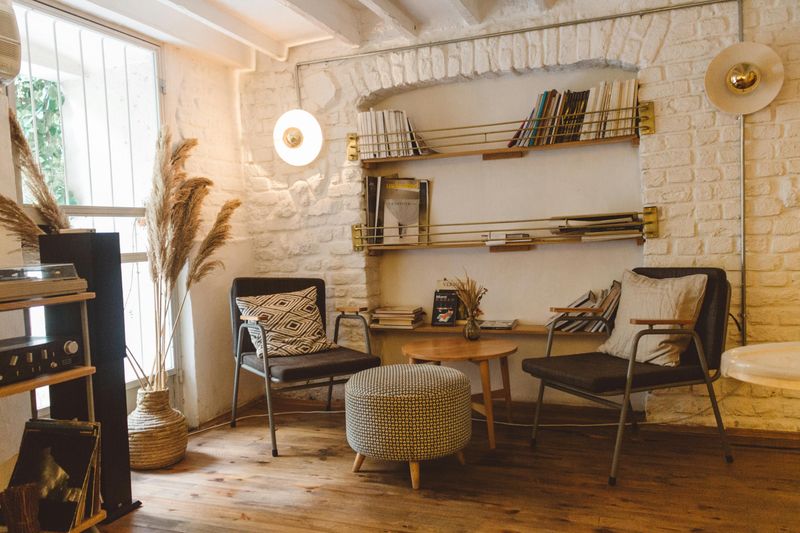
Spotless surfaces and fresh-smelling air create positive first impressions that influence every other observation. Cleanliness likely extends to maintenance.
Small maintenance details speak volumes. Freshly painted trim, dust-free ceiling fans, and gleaming switch plates indicate attentive care. Buyers unconsciously catalog these signals of home stewardship, using them to gauge what might be happening behind walls and under floors.

